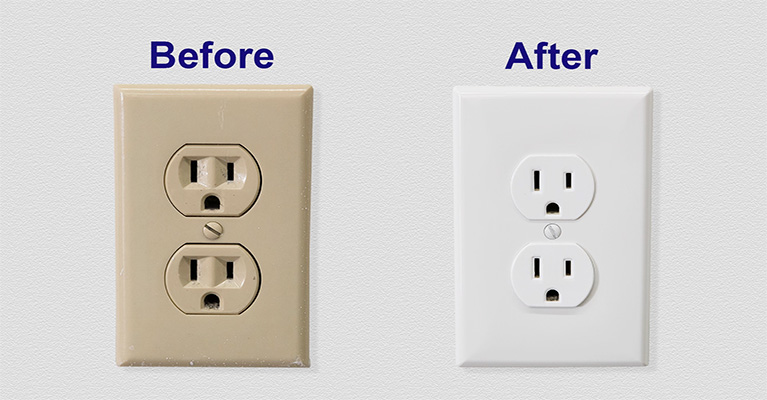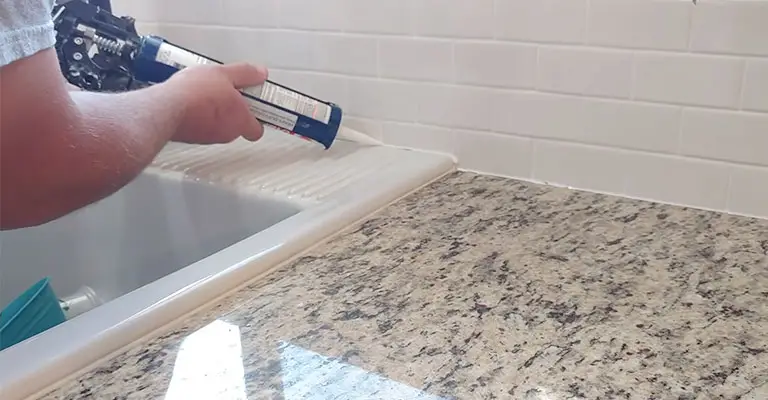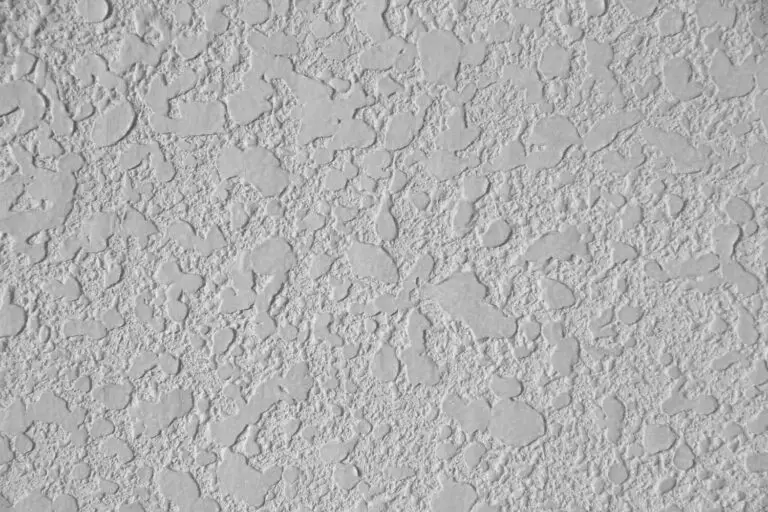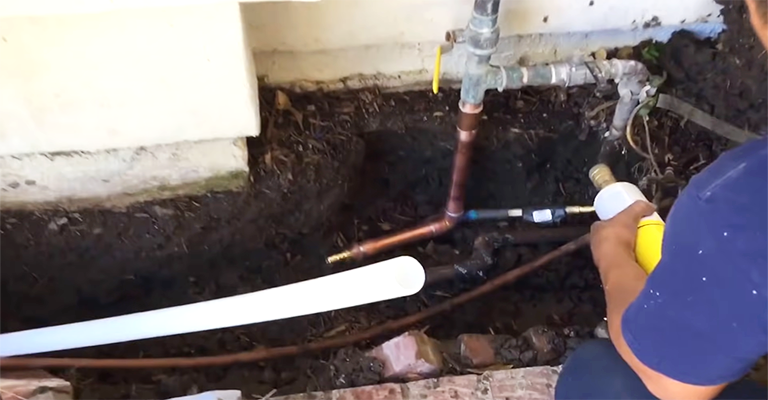Can I Put A Cement Board Over Drywall?
You can use a cement board over drywall if you want to protect the area. You can also use a cement board as a finish for your wall if you’re painting it. However, a cement board is not a good substitute for drywall.
Sometimes it’s hard to install drywall because the screws are too short to tap into the underlying studs. This is where a cement board comes in handy.
The screw holes in the cement board will grip into the studs and you can easily install your drywall without having to find longer screws.
If you plan to install a tile floor in a wet area over the cement board, make sure it is secured with rust-resistant screws.
When renovating a wet area, it is best to first cover the drywall with a heavy plastic sheet such as 4 or 6 mil plastics. In this way, future mold and decay will be prevented due to moisture not transferring to the drywall.
Cement board is now the standard underlayment used for ceramic or porcelain tile because it provides a strong foundation that doesn’t allow moisture to pass through.
This allows for fewer cracks in countertops, which can break and cause damage to your tile.
Walls And Countertops Should Be Covered With Cement Board
A cement board is a popular option for many homeowners as an easy and quick way to complete interior and exterior projects. This article will answer some frequently asked questions about cement board installation as well as tips for achieving a successful project.
Currently, walls and countertops are the most common surfaces that require a waterproof, durable surface. Installing cement board is the most popular choice for these surfaces because it looks good and is easy to install.
When installing a cement board, it is best to start by locating the wall that you want to install the board on and then find out if your chosen wall has any structural features that need to be taken into account.
This is necessary for the installation process to go well. It is also important that you use a circular saw in order to cut around these structural features so you can get a smooth finish.
On Countertops
On countertops, cement board is installed in a similar way to floor cement boards. However, when installing countertops, a cement board strip is usually needed along the exposed edge. As a result, you get a built-up edge to secure bull-nose tile or another type of edge tile.
The cement board is also screwed directly into the studs of the wall and uses the same methods, however, there is no mortar behind it because it is screwed directly into the studs of the wall.
It is recommended that you consult the cement board manufacturer to determine whether a moisture barrier should be used between the board and the wall studs. Plastic sheets may also be used as well as other types of water-resistant membranes.
All About Putting A Cement Board Over Drywall
The surface below the cement board may vary depending on whether it is used for a floor or a wall. If it is used as a floor, the surface must be smooth, because people walk on it. If it is used as a wall, the material must be rough so that paint adheres to the surface and creates the desired look.
Walls
Moisture barriers are sometimes used to cover exposed or exposed-on-stud surfaces. They’re typically applied over boards that are glued to the wall studs but can also be installed on drywall. If the seam is waterproof, you might not need to have an additional layer of the membrane.
If you are installing cement panels on top of green boards, it may cause yellowing and deterioration of the boards. If you are installing cement panels directly onto drywall in a wet area, it can cause mold.
After removing the old surface, install pre-shaped cement boards. And if you’re replacing an exterior wall, install a membrane or other material on top of it, then cover it with decorative tiles or siding.
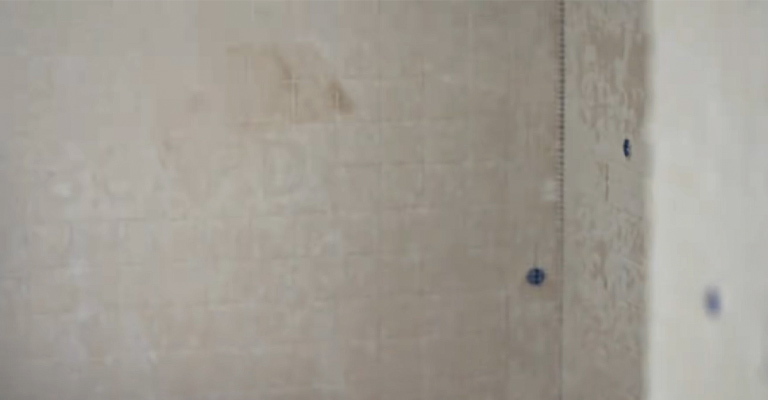
Flooring
Cement boards are typically installed over plywood subfloors (minimum 5/8-inch plywood or OSB).
When ceramic tile is being installed on a floor that already has a cement board, it can usually be laid directly over the previous finish provided the condition of the floor is good and there is enough extra thickness to use it.
Concrete is a common ingredient in most homes and buildings across the country. It is a durable material that can withstand a lot of wear and tear without cracking or losing its integrity.
However, there are times when a backer board may be needed to ensure that tile installation goes smoothly. A backer board is added to the top of the concrete surface before tiles are applied to prevent water from seeping through.
If the concrete surface is flat, smooth, and free of significant cracks, there is no need to install a backer board before applying tile.
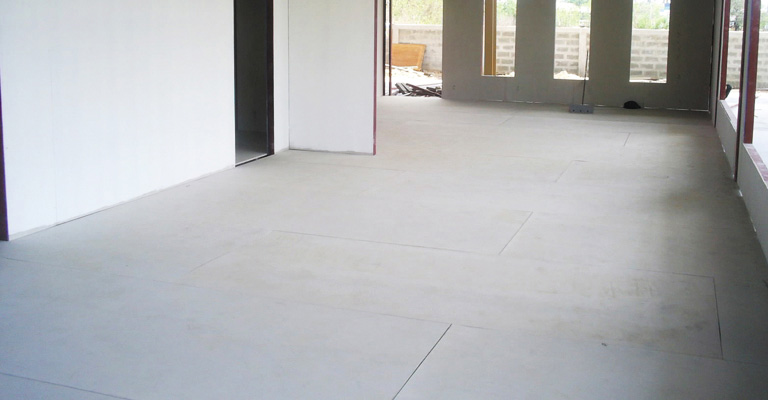
Can I Put 1/4″ Backer Board Over Drywall?
They are generally used in place of drywall when the walls are not quite smooth. One example is in a bathroom when you want to create a seamless surface for painting. It is also used in closets with rough walls.
If you have a lot of drywall to cover, you can use a 1/4″ backer board. However, you have to make sure that the drywall is fully connected with this material before applying it.
If you want to use a different type of material for your walls, there are a few things to keep in mind. You cannot use drywall if it has been painted or coated with primer or paint.
For the backer board to stick to the wall properly, it should be free from any imperfections such as bubbles and dirt.
Frequently Asked Questions
The quick answer is to apply a bead of cement board around the joist, attach the drywall panel, and screw it to the floor. However, some questions might arise when you are installing drywall.
1) What type of screws are used on cement boards?
A screw is a fastener with a helical shape that has threads on its outside. There are many types of screws, but the most common types of screws used in construction are wood screws, drywall screws, and sheet-rock screws. Screws are typically made of metal or plastic.
2) What size should be used for framing lines?
The size of the lines for framing and composition is determined by the size of the paper. When you’re done with your composition, test it on a full sheet of paper.
3) What size should be used on the drywall anchors?
The size of the drywall anchors you use will depend on the size of your room. If you are using anchors in a large room, use anchors that are between 1/2″ and 3/4″. If you are using them in a small room, use ones that measure around 1/8″.
4) How many-to-four inches apart should the stud be spaced?
Studs are used to fasten the drywall to the floor. They should be spaced ten-to-fourteen inches apart.
Final Words
When considering the installation of cement board over existing drywall, it is crucial to use the right materials and follow proper techniques to ensure a successful and durable finish. Cement board screws are essential for securely attaching the board to the drywall, ensuring it remains in place. Additionally, applying a thinset mortar adhesive between the cement board and the existing drywall creates a stronger bond, further enhancing stability. This is particularly important in rooms with a plywood subfloor or where a vapor barrier is necessary, like in bathroom walls.
Moreover, preparing the surface correctly is key. A thin layer of drywall mud can be applied to create a rough surface that helps the thin set mortar adhere better. It’s also advisable to use fiberglass mesh tape at the joints for added strength. When installing cement board directly over drywall, use a drywall knife to score and snap the concrete board to fit the area precisely. Whether you’re looking to install stone veneer or simply reinforce backer boards, these steps will help ensure a robust and long-lasting installation. Remember, careful preparation and the use of appropriate materials are the cornerstones of effectively installing cement board over drywall.

